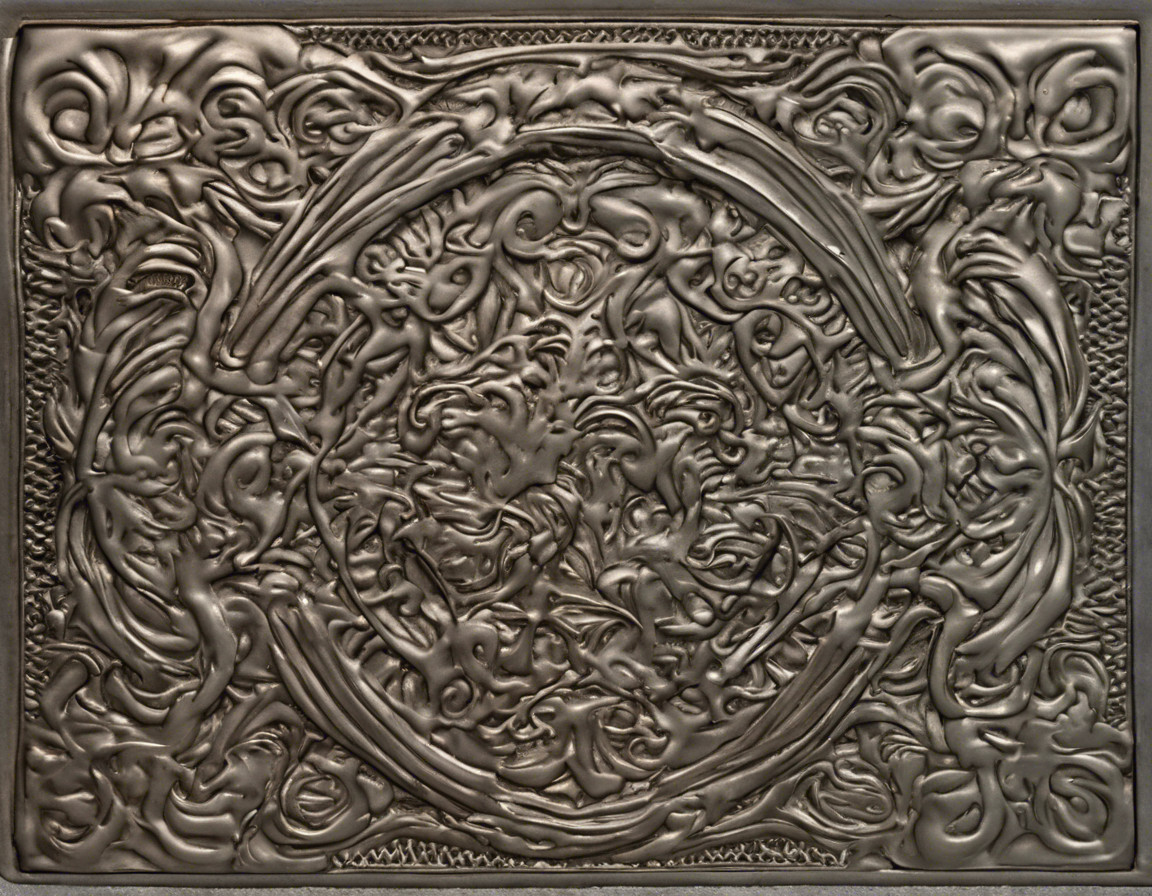When it comes to choosing the perfect wallet, the options can be overwhelming. With so many different styles, materials, sizes, and features available, it can be challenging to determine which wallet is right for you. However, by considering your individual needs and preferences, you can find a wallet that not only fits your lifestyle but also complements your personal style. In this comprehensive guide, we’ll break down the key factors to consider when choosing a wallet, from materials and construction to features and functionality.
Choosing the Right Material
One of the first decisions you’ll need to make when selecting a wallet is the type of material you prefer. Wallets come in a variety of materials, each with its own unique characteristics and benefits. Here are some of the most common materials you’ll encounter:
Leather
Leather wallets are a classic choice known for their durability, timeless style, and premium feel. Genuine leather is a popular option, but you’ll also find wallets made from full-grain, top-grain, and genuine leather, each offering a different level of quality.
Synthetic Materials
For those looking for a more budget-friendly option, wallets made from synthetic materials like nylon, polyester, or faux leather are also available. While not as luxurious as genuine leather, synthetic wallets can be durable and versatile.
Exotic Materials
For a more unique and luxurious option, consider wallets made from exotic materials like alligator, ostrich, or crocodile skin. These wallets are not only stylish but also highly durable and distinctive.
Considering Size and Style
The size and style of your wallet can have a significant impact on both its functionality and aesthetics. Consider the following factors when selecting the right size and style for your needs:
-
Bi-fold vs. Tri-fold: Bi-fold wallets are sleek and compact, making them ideal for those who prefer a minimalist option. Tri-fold wallets, on the other hand, offer more storage space but can be bulkier.
-
Slim vs. Regular: Slim wallets are great for carrying just the essentials, while regular wallets provide more space for cards, cash, and receipts.
-
Minimalist vs. Feature-rich: Decide whether you prefer a minimalist wallet with basic card slots and compartments or a feature-rich wallet with additional features like RFID blocking, coin pockets, or ID windows.
Evaluating Features and Functionality
When choosing a wallet, it’s essential to consider the features and functionality that matter most to you. Some key features to look out for include:
-
RFID Blocking: Protect your credit cards and personal information from electronic theft with an RFID-blocking wallet.
-
Coin Pocket: If you frequently carry coins, opt for a wallet with a dedicated coin pocket to keep your loose change organized.
-
ID Window: For easy access to your ID or driver’s license, choose a wallet with a transparent ID window.
-
Money Clip or Strap: Keep your cash secure with a built-in money clip or strap, ideal for those who prefer carrying cash.
Maintenance and Care
Regardless of the material you choose, proper maintenance and care are essential to keep your wallet looking its best for years to come. Here are some tips to help you care for your wallet:
-
Regular Cleaning: Wipe your wallet with a soft cloth to remove dirt and debris, and condition the leather periodically to maintain its suppleness.
-
Avoid Overstuffing: To prevent unnecessary wear and tear, avoid overstuffing your wallet with too many cards, cash, or receipts.
-
Storage: When not in use, store your wallet in a cool, dry place away from direct sunlight to prevent fading or discoloration.
Frequently Asked Questions (FAQs)
1. How do I know if a wallet is made from genuine leather?
Look for labels or markings indicating the type of leather used. Genuine leather wallets will have a distinct smell and feel, with visible grain patterns on the surface.
2. Are RFID-blocking wallets necessary?
While not essential, RFID-blocking wallets can provide an extra layer of security against electronic theft. If you carry a lot of credit cards or sensitive information, investing in an RFID-blocking wallet may be beneficial.
3. What is the difference between full-grain and top-grain leather?
Full-grain leather is the highest quality leather, featuring the natural grain of the hide and developing a rich patina over time. Top-grain leather is slightly lower in quality, as it has been sanded and treated to remove imperfections.
4. How many card slots should a wallet have?
The number of card slots you need will depend on your daily essentials. A standard wallet typically has 4-6 card slots, but you may opt for more if you carry multiple cards regularly.
5. Can I wash my wallet?
It is not recommended to wash leather wallets, as water and harsh chemicals can damage the material. Instead, clean your wallet with a damp cloth and mild soap, and condition the leather to keep it supple.
By considering these factors and answering common questions, you can make an informed decision when choosing the perfect wallet that suits your needs and style preferences. Remember to prioritize quality, functionality, and personal taste to find a wallet that will serve you well for years to come.
